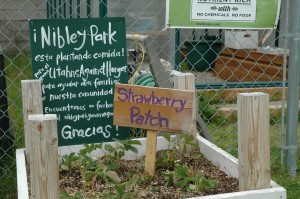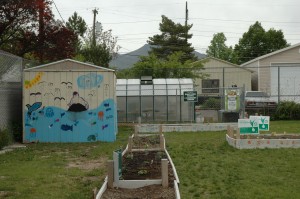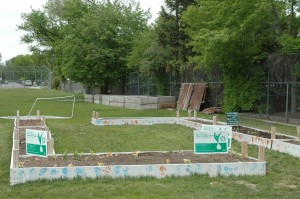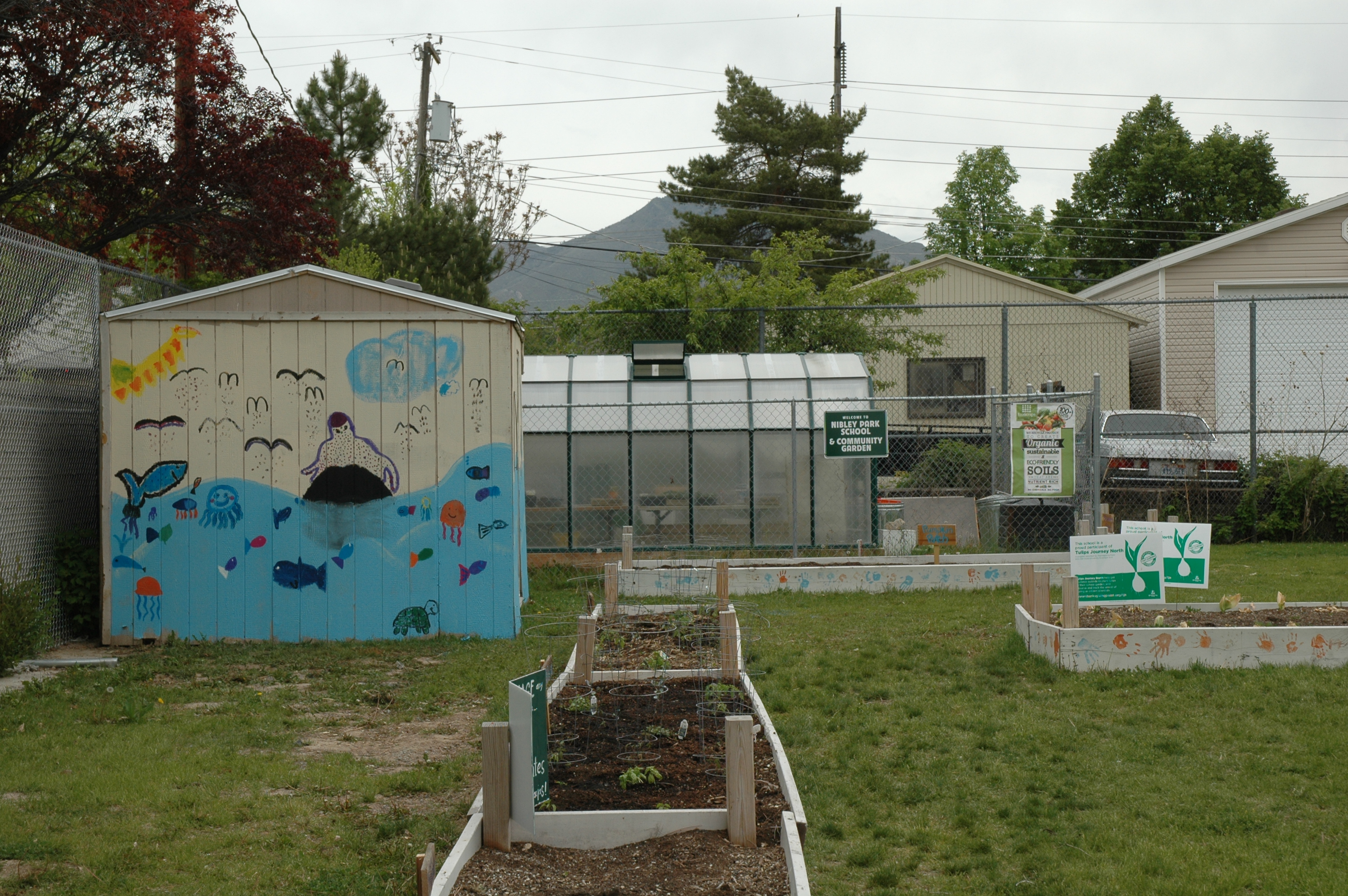 With the disappearance of the Sugar House Community Garden at 9th East, residents are asking if and where another garden might be started, and whether it will be ready for this growing season.
With the disappearance of the Sugar House Community Garden at 9th East, residents are asking if and where another garden might be started, and whether it will be ready for this growing season.
The garden that began as an experiment on the abandoned tennis courts at Fairmont Park was dismantled last month. In expectation of redevelopment around the new Sugar House streetcar corridor, the garden was never considered a permanent fixture in the business district, but it did become a test site for Salt Lake’s Green City Growers program to encourage community gardening throughout the city.
Between 2011 and 2013, the city changed its zoning regulations to allow community gardens in properties zoned as Open Spaces. Eight city-owned parcels were identified as possible sites for community gardens, and people who were interested in creating a garden in one of them were invited to apply to the Division of Sustainability. The city has contracted with Wasatch Community Gardens (WCG) to provide education, networking opportunities and ongoing support for garden members.
 With Fairmont closed, one promising site is south of Hawthorne Elementary School on 7th East. Brittany Vanderhoof is a former Sugar House Community Gardener who hopes to be the network liaison to WCG for the proposed 1700 South garden. She described it as an “ecological garden,” filled with diverse species of fruit and nut-bearing trees, perennial fruiting shrubs and vines, and some raised beds to enable access by gardeners with special needs, including children from the public school. Green City Growers will use the site for classes in organic gardening and water conservation practices.
With Fairmont closed, one promising site is south of Hawthorne Elementary School on 7th East. Brittany Vanderhoof is a former Sugar House Community Gardener who hopes to be the network liaison to WCG for the proposed 1700 South garden. She described it as an “ecological garden,” filled with diverse species of fruit and nut-bearing trees, perennial fruiting shrubs and vines, and some raised beds to enable access by gardeners with special needs, including children from the public school. Green City Growers will use the site for classes in organic gardening and water conservation practices.
Vanderhoof said there are already fifteen committed gardeners for the plots, and she hopes to have more gardeners and business sponsors for the project by the time it opens in 2015.
Another option for new residents in the town center will be some community grow-boxes on the Wilmington Gardens mixed-use development that is currently under construction near Highland Drive. Its central plaza was designed with water spigots and drains to accommodate movable raised beds for seasonal gardening. Aabir Malik, spokesman for the project, said he hasn’t yet engaged a group to sponsor the planterboxes, but thought the site could be a place to teach techniques for growing in small spaces.
 When the Sugar House Garden was dismantled, twenty of the raised beds were donated to the county’s garden at Viridian Library in West Jordan. Another 20 were given to Nibley Park School’s garden at 2785 S 800 East. Aimee Horman helped organize the garden last year, and said that school children planted it with cabbages, tomatoes, and herbs, and donated the produce to local food pantries. “It’s a fun way for children to contribute to the community,” she said. During summer vacation, community growers watered and cared for the students’ plots along with their own.Thanks to a grant from Whole Foods and the donation from SHCG, the school garden will expand by two-thirds this summer, and Horman hopes that more people with an interest in fresh, nutritious food will take advantage of this opportunity.
When the Sugar House Garden was dismantled, twenty of the raised beds were donated to the county’s garden at Viridian Library in West Jordan. Another 20 were given to Nibley Park School’s garden at 2785 S 800 East. Aimee Horman helped organize the garden last year, and said that school children planted it with cabbages, tomatoes, and herbs, and donated the produce to local food pantries. “It’s a fun way for children to contribute to the community,” she said. During summer vacation, community growers watered and cared for the students’ plots along with their own.Thanks to a grant from Whole Foods and the donation from SHCG, the school garden will expand by two-thirds this summer, and Horman hopes that more people with an interest in fresh, nutritious food will take advantage of this opportunity.






